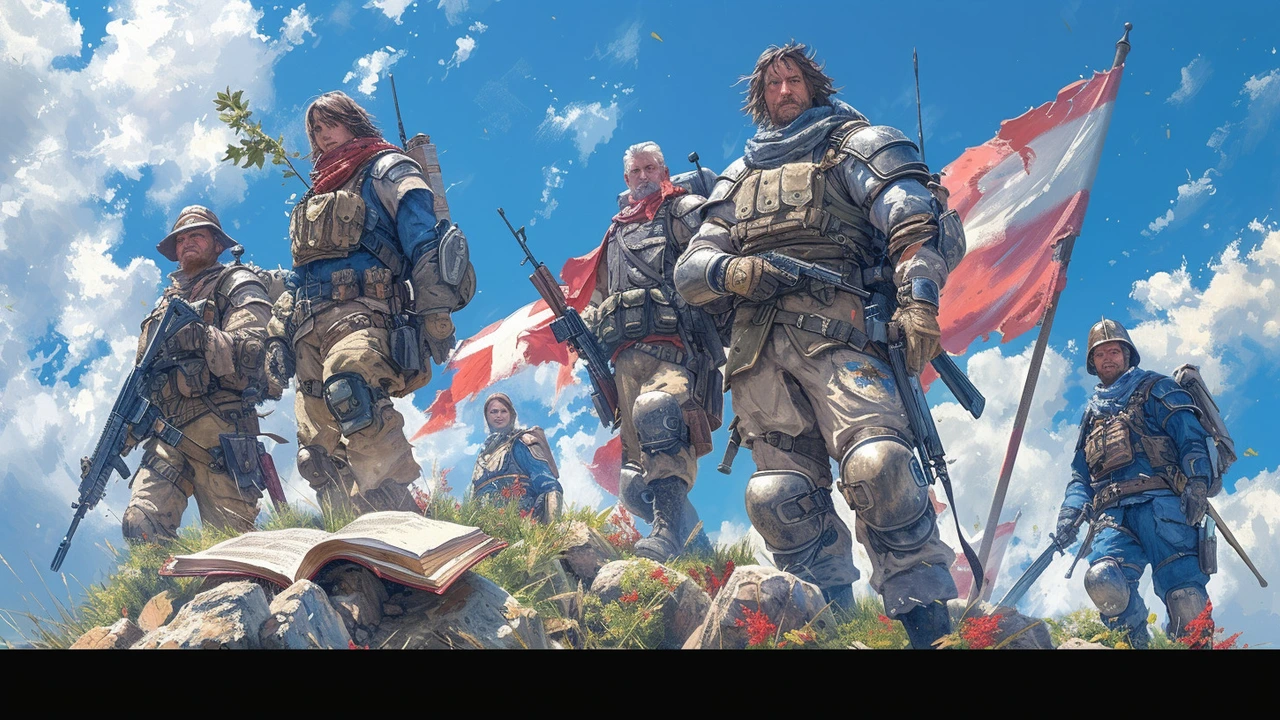Peacekeeping isn’t just blue helmets on the news. It changes daily life in very concrete ways: reducing violence, protecting civilians, helping hold elections, and rebuilding institutions. You’ve probably read stories about daring individual peacekeepers. But the real impact shows up in schools reopening, markets trading again, and local courts starting to handle cases without fear.
First, security. When a credible international force patrols a town or secures a key road, violent incidents drop. That doesn’t mean violence disappears overnight, but families can return home, farmers can tend fields, and aid deliveries reach clinics. In places like Sierra Leone and Timor-Leste, peace operations helped disarm militias and create space for elections and local governance to restart.
Second, protection of civilians and human rights. Peacekeepers often act as a buffer between armed groups and civilians. They monitor abuses, report violations, and sometimes escort civilians to safety. That presence alone can deter attacks and give human rights groups room to operate. Where missions included police advisors and human rights officers, local institutions often learned faster how to document abuses and prosecute perpetrators.
Third, political space and elections. Peacekeeping missions commonly support elections by securing polling places, training election staff, and observing votes. When voters feel safe, turnout improves and results carry more legitimacy. That helps fragile governments gain the time and trust they need to start long-term reforms.
Fourth, building local capacity. The most durable impacts come when missions train local police, judges, and administrators. That’s how short-term security turns into long-term rule of law. Programs that focus on training and mentoring produce officials who can manage disputes, handle crime, and keep communities safe after peacekeepers leave.
Peacekeeping has limits. It can’t fix bad politics or create jobs out of thin air. There are high-profile failures too — when mandates are weak or missions lack resources, civilians suffer. The Rwanda and Srebrenica tragedies show what happens when international will collapses.
So what makes impact stick? Real change needs three things: realistic mandates focused on protecting civilians, sustained funding and logistics, and a clear plan to hand responsibilities to local institutions. Community engagement matters as much as military action—when locals trust the mission and see quick wins like reopened schools or repaired clinics, cooperation grows.
If you care about lasting results, look for missions that pair security with justice reforms, economic recovery, and local training. That mix turns short-term calm into a framework for lasting peace. Peacekeeping won’t solve every problem, but when done right it creates the everyday conditions people need to rebuild their lives.

Hey there, fellow peace enthusiasts! I have something important to share. Peacekeeping has a profound impact on global stability, a topic close to my heart, and that I have explored deeply in this post. Expect to uncover how these selfless actions are creating a harmonious world, reshaping the global political landscape, and fostering international relationships. As a quick peek into my latest blog post, we will journey together through the complexities and triumphs of the peacekeeping endeavor.
